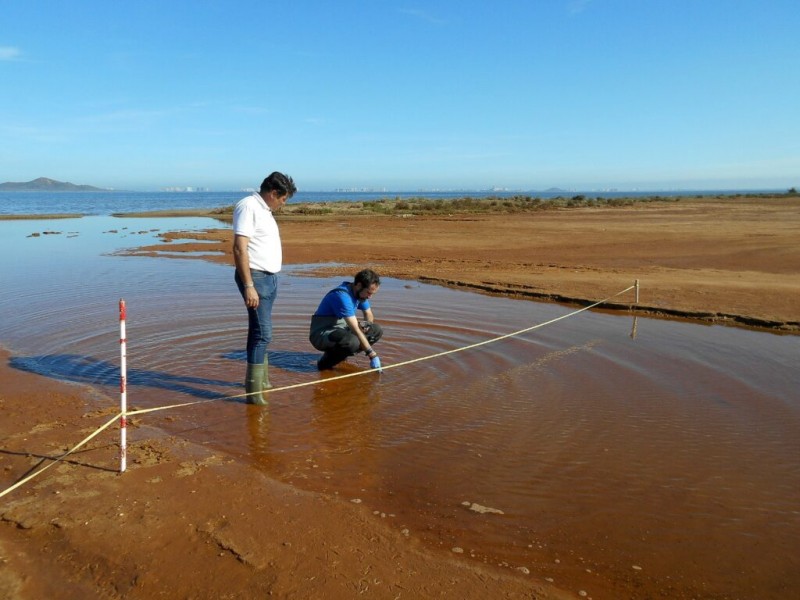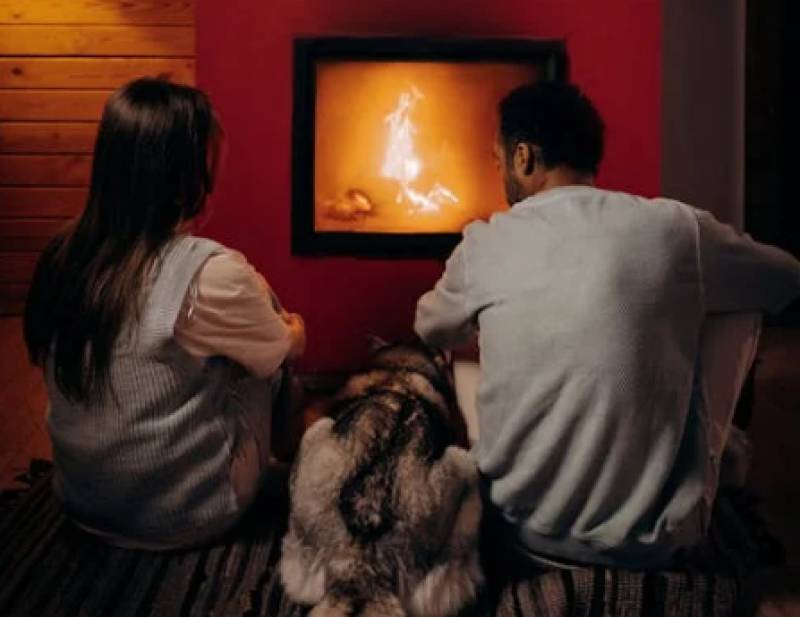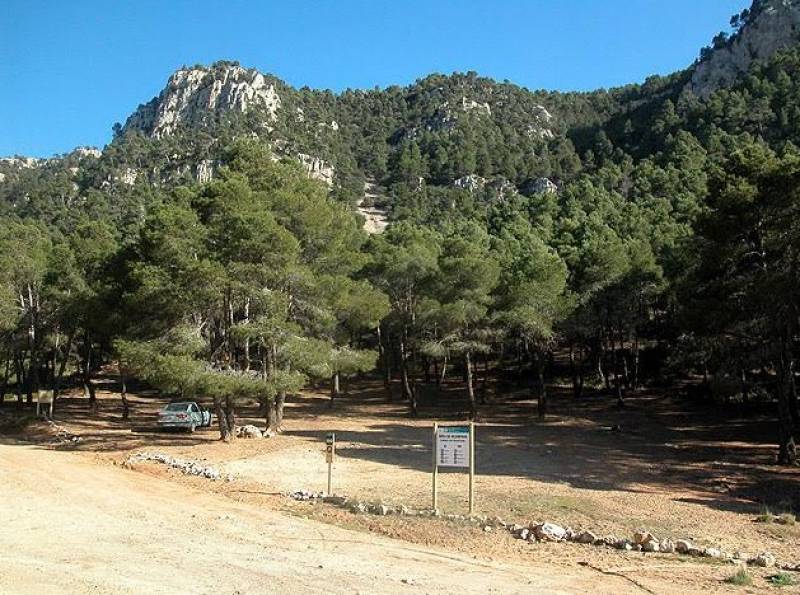- Region
- Vega baja
- Marina Alta
- Marina Baixa
- Alicante
- Baix Vinalopo
- Alto & Mitja Vinalopo
-
ALL TOWNS
- ALICANTE TOWNS
- Albatera
- Alfaz Del Pi
- Alicante City
- Alcoy
- Almoradi
- Benitatxell
- Bigastro
- Benferri
- Benidorm
- Calosa de Segura
- Calpe
- Catral
- Costa Blanca
- Cox
- Daya Vieja
- Denia
- Elche
- Elda
- Granja de Rocamora
- Guardamar del Segura
- Jacarilla
- Los Montesinos
- Orihuela
- Pedreguer
- Pilar de Horadada
- Playa Flamenca
- Quesada
- Rafal
- Redovan
- Rojales
- San Isidro
- Torrevieja
- Comunidad Valenciana
Date Published: 23/02/2022
ARCHIVED - Unacceptable levels of chlorophyll entering the Mar Menor near Albujon
Most water entering the Mar Menor is improving in quality, but there are areas of concern such as the Albujón rambla

The latest data for measuring the state of the Mar Menor show a certain stability in the quality of the water, although the increase in the level of chlorophyll at measuring station number 7 of the Albujón rambla is alarming, and may indicate increased illegal irrigation and fertiliser usage by farms in the area. However, no other anomalies have been detected at any other point in the lagoon.
The samples taken on February 15 maintain the transparency at 4.37 metres, oxygen at 7.35mg/l, chlorophyll at 0.705µgr/l, salinity at 42.05g/l and turbidity at 0.838FTU, while the average water temperature is 13.4 degrees, all of which is a move in the right direction.
“These values are very similar to those reflected in last month’s measurements and improve on the values recorded on the same date in 2021 and 2020,” explained Murcia’s councillor for Water, Agriculture, Livestock, Fisheries and Environment, Antonio Luengo.
However, with regard to the situation next to the Albujón, the Regional Ministry recognises that they have to be “very vigilant” and maintain special monitoring of the chlorophyll levels.
Luengo insisted that, “For years, we have been applying measures at source to make the daily lives [of farmers] compatible with environmental protection, optimising the application of fertilisers and water consumption, regulating production cycles, applying measures to prevent erosion, and more.”
The Region of Murcia has also cut off water supplies to over 1,000 hectares of farmland that were found to be illegally watering their crops.
“We put tools at the disposal of farmers, with a network of probes to ensure a more efficient use of water and fertilisers, improving the sustainability of irrigation and reducing pressures on the ecosystem.
“These are concrete measures to reduce the entry of nitrates [into the Mar Menor], but they are accompanied by other actions such as the construction of seven tanks, the creation of new rainwater collectors, and the revision and repair of 25 kilometres of sewage pipes,” he added.
Measures taken by the regional government to combat Mar Menor pollution include the new environmental water tank built in Torre Pacheco, the forthcoming one in Playa Honda, the Los Alcázares rainwater collector and the bioreactor pond project, in which 5 million euros will be invested to remove the nutrients that run through the Albujón rambla and the D-7 drainage channel.
All of these water saving and cleaning practices are more important now than ever, with the current situation of water shortages in Murcia due to a lack of rainfall.
There is also ongoing removal of biomass from the Mar Menor coastline – more than 8,355 tonnes – for which 2 million extra euros will be allocated in 2022 and 2023.
Image: CARM
Contact Murcia Today: Editorial 000 000 000 /
Office 000 000 000



































